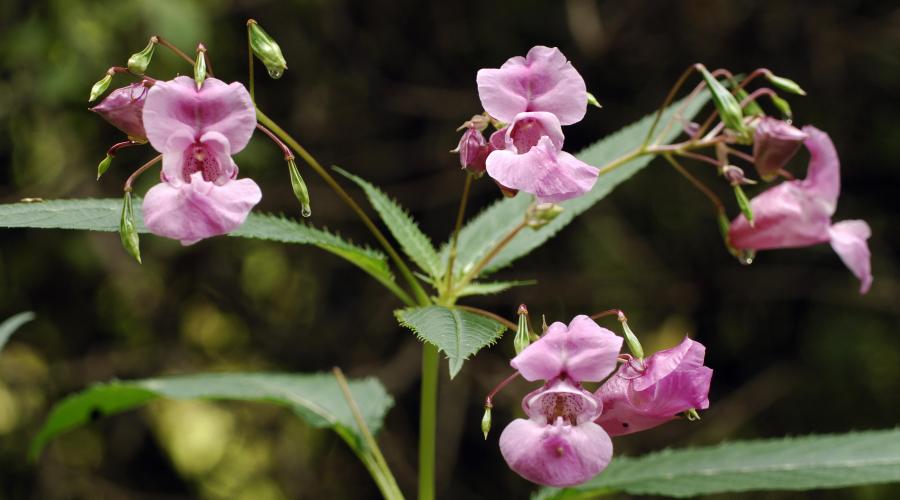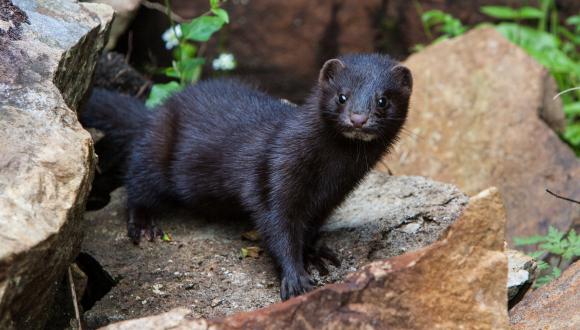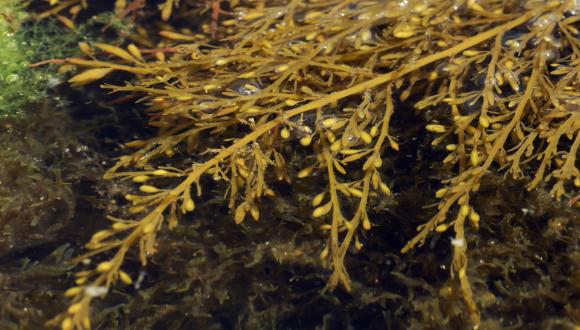
Law on non-native species in Scotland
New legislation introduced in July 2012 means Scotland has the most wide-ranging law on non-native species anywhere in Europe.
Scotland leads the way in the battle against invasive non-native species. Our legislation focuses on prevention rather than cure.
The law on non-native species is covered by the Wildlife and Countryside Act 1981 (as amended by the Wildlife and Natural Environment (Scotland) Act 2012.)
You can see our summary of offences in relation to non-native species below. For the definitive list of offences, you should consult the actual legislation.
If in doubt, don’t plant and don’t release – and seek further advice from us before you act. Contact your local NatureScot area office.
Offences
In Scotland, it’s an offence to:
- release an animal to a location outside its native range
- allow an animal to escape from captivity to a location outside its native range
- otherwise cause an animal not in the control of any person to be at a location outside its native range
- plant, or otherwise cause to grow, a plant in the wild at a location outside its native range
Code of practice
To understand better how the legislation relates to you, read the Code of Practice on Non-Native Species.
The Code of Practice is relevant to everyone from landowners to pet owners and from farmers to gardeners. You may actively manage non-native species or you might be at risk of accidentally spreading or introducing non-native species through your actions.
Licensing
Licensing allows named individuals to carry out actions that could otherwise constitute an offence. If you’re planning any activities that could involve the release of a non-native species, you must make sure you stay within the law. If in doubt, don't plant and don't release – seek further advice from NatureScot.
Find out about non-native species licensing.
Definitions
‘Native range’ is defined in the 1981 Act as:
“the locality to which the animal or plant of that type is indigenous, and does not refer to any locality to which that type of animal or plant has been imported (whether intentionally or otherwise) by any person.”
The Code of Practice defines ‘in the wild’. Just about everywhere is wild except for:
- arable and horticultural land
- improved pasture
- settlements
- private and public gardens
‘Release’ of a non-native animal is defined in the Code of Practice as when an animal is released so that it is no longer under human control.
Additional powers and legal requirements
Learn about the purpose of species control agreements and orders.
- invasive animal species which may only be kept in captivity under licence
- details of the offence of releasing deer on certain islands
- the legal requirement to report sightings of certain species
The Wildlife and Natural Environment (Scotland) Act 2011 also allows for a ban on the sale of certain types of animal or plant except under licence, but none have been listed so far.
Find out more
News item - Invasive species the biggest pressure on nature sites







